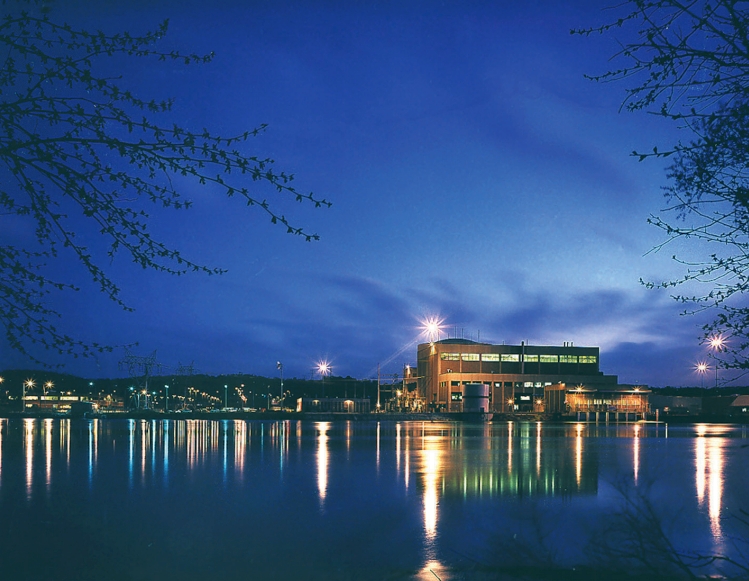Fort Calhoun Nuclear Plant, Part II
 It’s hard to sort the information on the Fort Calhoun Nuclear Plant Story, but for context, here are a couple of items to consider:
It’s hard to sort the information on the Fort Calhoun Nuclear Plant Story, but for context, here are a couple of items to consider:
- KETV 7 in Omaha ran a story on March 31, 2011 that stated that Fort Calhoun is “one of three reactors across the country that federal regulators said they are most concerned about.”
- On June 6, 2011, the FAA issued a notice banning air flight in a 2 mile radius around Fort Calhoun.
- On June 7, 2011, there was an accident/fire of some sort at the plant. It may have been a small matter, but like turning off the valves at Chernobyl, sometimes small matters at nuclear plants become big matters when the engineering systems develop issues.
- Business Insider has a poorly written piece (sorry, ricky, but who is OPPD?) from Jun 15, 2011 that has some good time line info and some video coverage. OPPD is reported to have requested the video coverage not be aired. (Omaha Public Power District) per coverage from Henry Blodget, also Business Insider story.
- Here’s an interesting story from AP that the local Olympia newspaper that covers the weakening of regulation to accommodate an aging and possibly unsafe nuclear energy industry. (privatized profit, socialized risk model in action)
The timelines and stories, particularly the foreign coverage, do not fit together well, but the March story suggests context that Fort Calhoun is a worrisome plant. The pictures of the plant surrounded by the Missouri River reinforce that context. If you are interested in responsible, accurate coverage of the story, I would go with Pro Publica’s coverage. It does not have the political edge and mission of the foreign coverage and it is likely to be more forthright that the corporate media coverage of nuclear accident stories.Another wrinkle in this story is the report that dry storage is outside the containment area and half-submerged. True? Maybe. A well-informed citizenry needs to study important issues with a keen eye. Or you can watch Fox News if you want Corporate Infotainment.
The real story, and it is being severely under-reported is that the flooding, like the tornadoes this year, are events driven by global warming and climate change. Another aspect of this story is that the nuclear industry is trying to increase its US energy future by noting the low level of greenhouse gas emissions. But as Chernobyl made so clear, nuclear emissions are also a problem.
